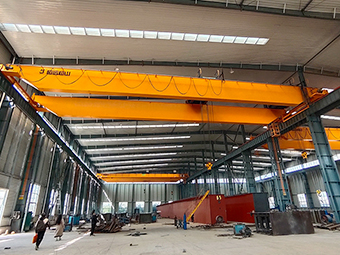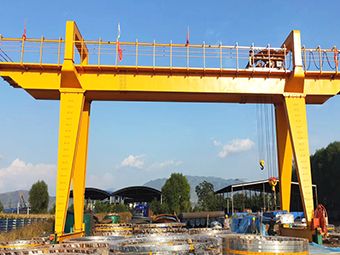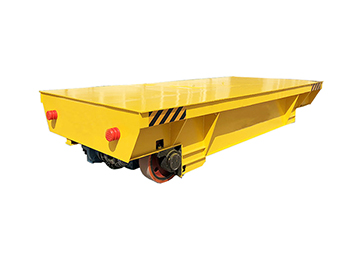the advantages of variable frequency drives (vfds)
The biggest advantage is adaptability. Variable frequency drives allow operators or maintenance personnel to modify drive parameters, reset faults remotely, and troubleshoot from a remote location using fault logs, alarms, and drive monitoring. Lower-end systems designed for modular cranes come standard with 30-40 programmable control parameters. On cranes with single-speed or 2-speed motors, a variable frequency drive can be programmed to provide smoother acceleration and deceleration, and also can be programmed to add in additional speed points. For example, on a 2-speed motor with speeds of 40 fpm and 120 fpm, an additional control could be added to allow for a median speed of 80 fpm, or you could slow it down even more by adding in a 10 fpm control. On high-end VFD systems, there may be as many as 200-300 programmable control parameters used to dial in the controls for the bridge, trolley, hoist, and hook. A VFD can provide performance similar to DC controls, but with a single-speed motor. Variable frequency drives allow for acceleration and deceleration to be programmed similar to the feel of a Soft Start device. But, because the VFD controls both the voltage and frequency sent to the motor, the risk of overheating is eliminated for Class D, Class, E, and Class F high-use process cranes. On high-speed crane systems, the speed controls can be programmed to run the bridge and hoist down the runway at 300 fpm and with the flip of a switch, reduce that speed down to 50 fpm in a controlled manner, as the bridge approaches the end of the runway or a pick point.
.jpg)
.jpg)
related article
> Filipino Customer Places an Order for a Rail Transfer Cart
> Electric Wire Rope Hoists With Power Trolley
> Efficient use gantry crane in Pakistan
> Four European-style single-girder bridge cranes have been loaded into containers and shipped to a customer in Mauritius.
> Overhead Crane is Working Well
> Qualified container rubber tire gantry crane
> Crane Installation Services
> What is container stacking crane?







.jpg)

.jpg)
.jpg)

.jpg)




